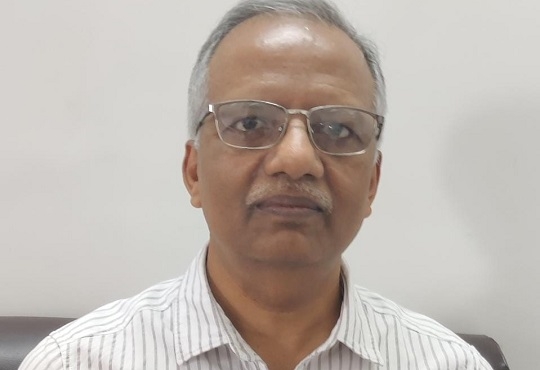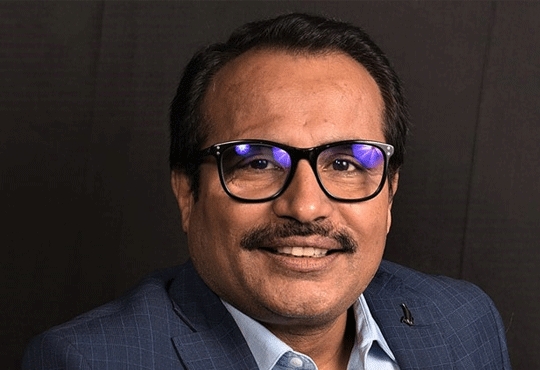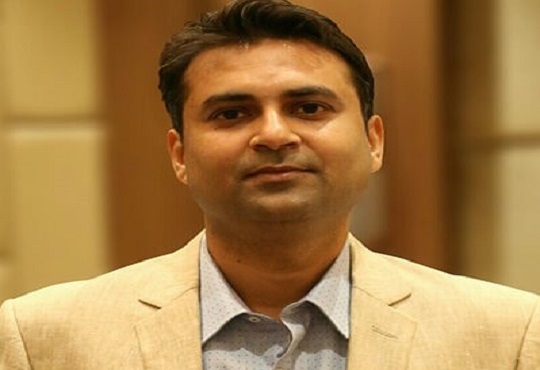
The Constantly Evolving Technology Landscape in India
Janifha Evangeline | Friday, 02 June 2023, 14:28 IST

Deb Dutta, General Manager - Asia Pacific & Japan, DataStax, in an interaction with CIOTechOutlook shares his views on the current tech landscape in India and its impact on every organization’s daily operations. Having completed his M.Sc in Economics from the University of Calcutta and MBA in International Business from the University of South Australia, Deb joined DataStax in 2021, prior to which he held the role of Director at D&M Corporation. McAfee, Brocade, Contrail Systems, Juniper Networks, and Quadronics are some of the other companies that he has worked with in his 25 years long career so far.
How do you see the cloud service market in India? What are the major factors that have been driving the market’s growth?
One of India’s biggest strengths is its population of young people who are fairly tech-savvy. As a result, there has been a tremendous proliferation of smartphones in the country, putting computing in the hands of people. Additionally, global cloud vendors have been very proactive in the region. The three major cloud hyperscalers – Amazon, Microsoft and Google – have all secured a strong foothold in India, alongside a multitude of other international cloud and data center service providers. The country currently has the necessary infrastructure to support mature cloud-based delivery models.
In addition to strong consumer demand and the supporting cloud infrastructure, India has a very talented pool of engineers with strong entrepreneurial acumen who are being chased by a lot of VC money. These individuals are building modern applications that are built for and delivered from the cloud, which are being consumed by around 1.4 billion Indians. When all these pieces are put together, India has the perfect ecosystem that makes cloud, application software and cloud-based delivery a successful affair.
What measures can businesses incorporate to ensure the security of its digital assets against cyber threats?
The moment a large number of people start using a platform, a large number of unwanted elements are automatically drawn into that space. The best security strategy when managing cyber threats is first and foremost creating awareness and educating both the employees of a company and its end users about the threat of security incidents. Additionally, the government’s proactive approach in taking action against cyber criminals partnered with necessary regulations and guidelines goes a long way in successfully fighting against cyber-attacks. Lastly, data security solutions have evolved drastically in recent years due to the advent of modern technologies.
How are the latest technologies such as AI & ML improving the efficiency of a company’s operations and services?
AI and ML enable businesses to leverage their data to make informed and insightful decisions and engage customers with curated, personal experiences based on their user behavior. However, this can only be done when the technology is integrated with real-time access to data. This is where DataStax steps in. We provide developers and businesses access to real-time data through our platform. Once the data is available in a centralized manner, businesses can then integrate AI and ML algorithms with real-time data to gather valuable insights that assist significantly in the organization’s decision-making process. This data analysis approach helps an enterprise in three significant ways – enables business agility, enhances customer satisfaction, and significantly reduces the ownership cost of the technology.
In your opinion, how do you expect the Indian technology landscape to evolve and impact businesses in the days to come?
Digital transformation is no longer a luxury. Every organization regardless of its size, nature, vertical or region of operations, uses digital transformation as the key component of its business transformation philosophy in the current scenario. There is a huge demand for solutions that help enhance customer experience. Also, organizations must make sure to stay agile and run their operations in the most optimal way possible. One common factor that can easily enable all the above-mentioned aspects is technology. Unless an organization implements the latest technologies into its business processes, it is bound to falter.
CIO Viewpoint
The Constantly Evolving Technology Landscape in...
By Janifha Evangeline
Navigating the Digitalization of Mining Industry
By Janifha Evangeline
How To Achieve An Effective Digital Transformation
By Yogendra Singh, Head-IT/SAP, Barista Coffee Company Limited
CXO Insights
No-code platforms: Enterprise-wide Adoption...
By Rahul Murthi, Director at Acies
Unleashing the Potential of IT in Engineering...
By Gyan Pandey, Head - Digital/CDO, Voltas
Low Code and Artificial Intelligence - The...


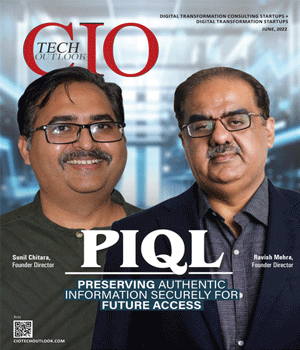
.jpg)
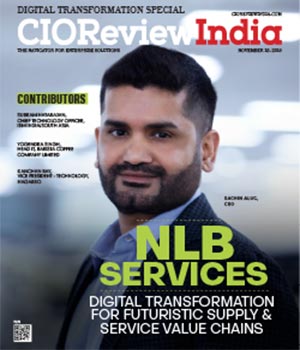
.jpg)


